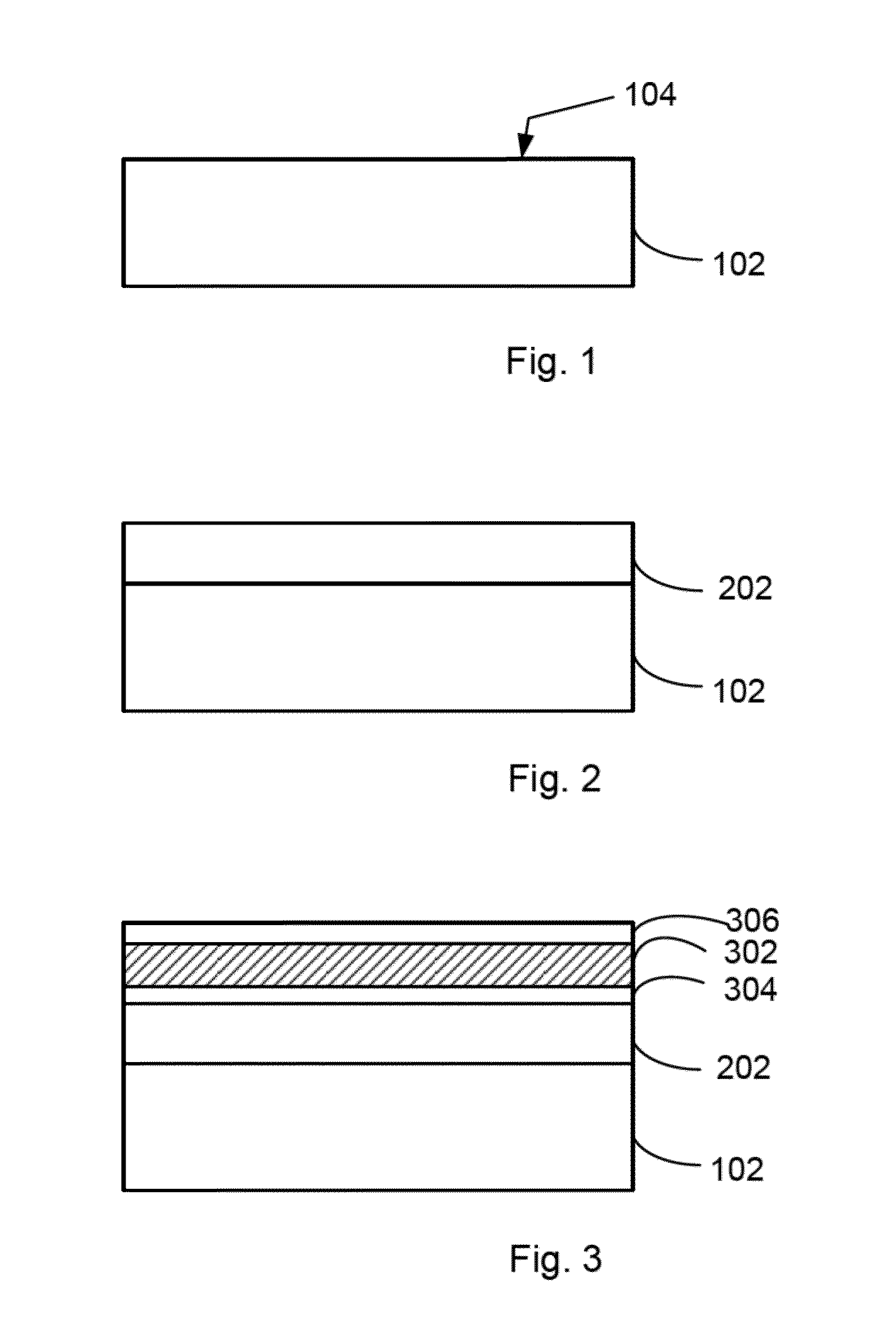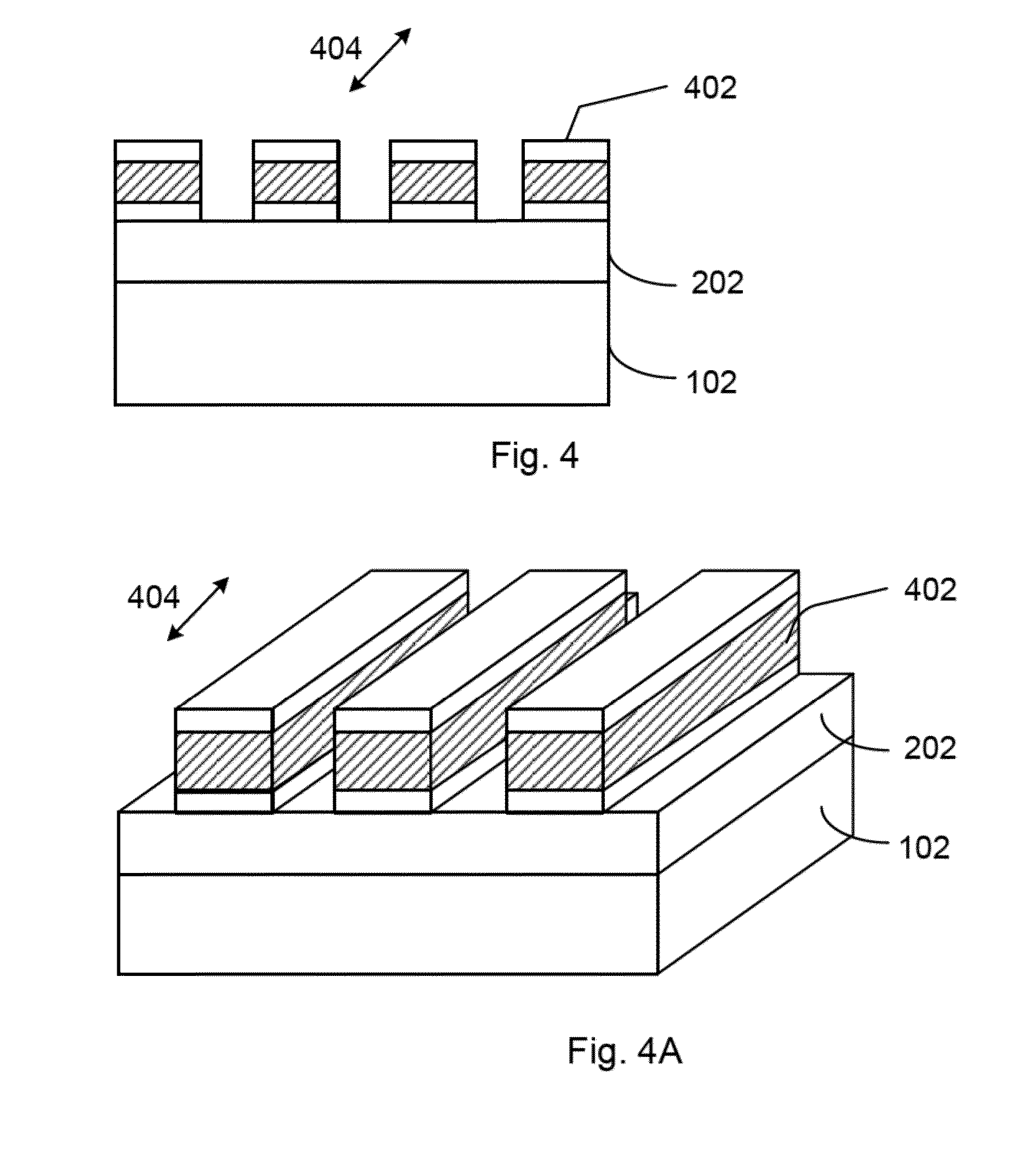Low temperature P+ polycrystalline silicon material for non-volatile memory device
a memory device and low temperature technology, applied in the direction of bulk negative resistance effect devices, semiconductor devices, electrical equipment, etc., can solve the problems of dielectric breakdown, other performance degradations or problems that may occur as the device size shrinks, and hinder the operation of the proper device, so as to achieve a wider range of applicability
- Summary
- Abstract
- Description
- Claims
- Application Information
AI Technical Summary
Benefits of technology
Problems solved by technology
Method used
Image
Examples
Embodiment Construction
[0017]Embodiments according to the present invention are related to switching devices. More particularly, the present invention provides a structure for resistive switching device and a fabrication method compatible with conventional CMOS processes. Embodiments of the present invention have been applied to a resistive random access memory device, which is non-volatile. But it should be recognized that embodiments according to the present invention can have a much broader range of applicability.
[0018]The terms “Top” or Bottom” are for the purpose of illustration only and should not be construed to be limiting.
[0019]Resistive switching devices usually comprise of a bottom electrode, a top electrode, and a resistive switching material sandwiched between the top electrode and the bottom electrode. Resistive switching devices using amorphous silicon or certain metal oxide, for example, zinc oxide as the resistive switching material require a buffer layer between the resistive switching m...
PUM
| Property | Measurement | Unit |
|---|---|---|
| thickness | aaaaa | aaaaa |
| on-state current | aaaaa | aaaaa |
| sizes | aaaaa | aaaaa |
Abstract
Description
Claims
Application Information
 Login to View More
Login to View More - R&D
- Intellectual Property
- Life Sciences
- Materials
- Tech Scout
- Unparalleled Data Quality
- Higher Quality Content
- 60% Fewer Hallucinations
Browse by: Latest US Patents, China's latest patents, Technical Efficacy Thesaurus, Application Domain, Technology Topic, Popular Technical Reports.
© 2025 PatSnap. All rights reserved.Legal|Privacy policy|Modern Slavery Act Transparency Statement|Sitemap|About US| Contact US: help@patsnap.com



